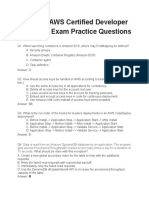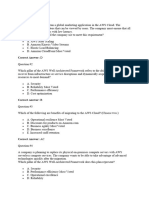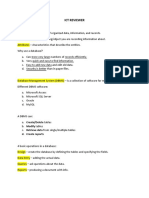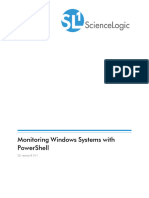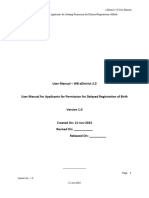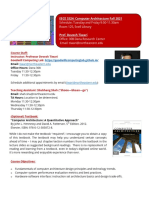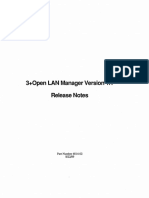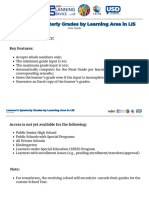0% found this document useful (0 votes)
11 views5 pagesAWS DevOps Interview MCQ
The document contains a series of scenario-based multiple-choice questions related to AWS DevOps practices, covering topics such as CI/CD, EC2 Auto Scaling, ECS deployment strategies, S3 static website hosting, IAM roles, CloudFormation drift detection, EBS volume performance, CloudWatch alarms, deployment rollbacks, and Parameter Store best practices. Each question is followed by the correct answer and a brief explanation. It serves as a study guide for individuals preparing for AWS DevOps interviews.
Uploaded by
SHAH AWAL KHAIRCopyright
© © All Rights Reserved
We take content rights seriously. If you suspect this is your content, claim it here.
Available Formats
Download as PDF, TXT or read online on Scribd
0% found this document useful (0 votes)
11 views5 pagesAWS DevOps Interview MCQ
The document contains a series of scenario-based multiple-choice questions related to AWS DevOps practices, covering topics such as CI/CD, EC2 Auto Scaling, ECS deployment strategies, S3 static website hosting, IAM roles, CloudFormation drift detection, EBS volume performance, CloudWatch alarms, deployment rollbacks, and Parameter Store best practices. Each question is followed by the correct answer and a brief explanation. It serves as a study guide for individuals preparing for AWS DevOps interviews.
Uploaded by
SHAH AWAL KHAIRCopyright
© © All Rights Reserved
We take content rights seriously. If you suspect this is your content, claim it here.
Available Formats
Download as PDF, TXT or read online on Scribd
/ 5























